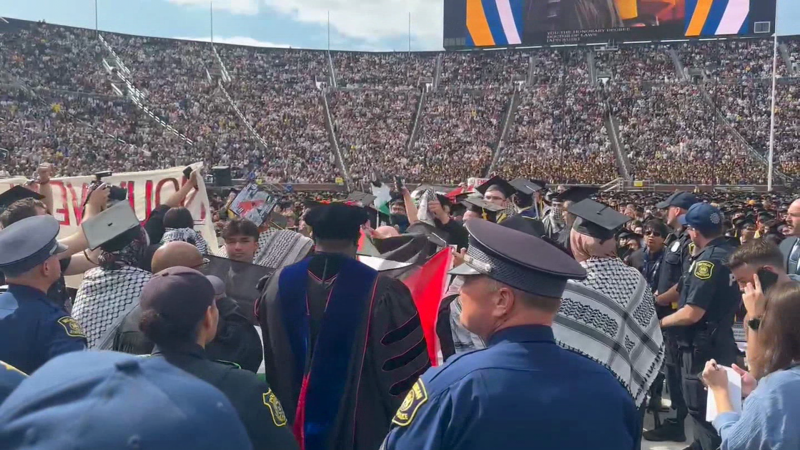Nearly 20 percent of Ukraine’s territory remains occupied by Russian troops, who had months to dig multiple tiers of deep trenches and prepare other defensive obstacles along the length of a 600-mile front line. That frontier is now among the world’s most heavily mined strips of land — more than 75,000 square miles of Ukrainian territory has been seeded with explosives, according to Mr. Zelensky — and is also stitched with antitank obstacles, made of reinforced concrete, known as dragon’s teeth.
What’s more, there are thought to be several hundred thousand Russian soldiers in Ukraine, considerably more than Ukraine can muster. Kyiv’s forces lack the 3-to-1 numerical advantage generally thought needed for attacking soldiers to overcome dug-in defenders such as Russia’s.
Yet hand-wringing over Ukraine’s stuttering advance, which began in early June, is premature. It ignores not just the gains that have been made — more than 100 square miles of territory liberated, according to the British Defense Ministry — but also the fact that the real fight has not begun. When it does, Ukrainian Defense Minister Oleksii Reznikov told the Financial Times, “everyone will see everything.”
Ukrainian forces, having retreated from the battered city of Bakhmut in May after 10 months of house-to-house fighting, are now advancing in the suburbs, threatening to encircle Russian troops. More broadly, Mr. Reznikov made the point, confirmed by Western officials, that some or most of the Ukrainian brigades trained by U.S. and European allies, and equipped with top-shelf arms and equipment, remain in reserve as other troops probe Russia’s lines to detect weaknesses. When those brigades and others are sent into battle, the combat is likely to intensify. It might then stretch through the summer and into the fall.
At that point, Ukraine and its allies can sensibly reckon with what has and has not been achieved — and what more might be gained with the provision of U.S.-made F-16 fighter jets and other advanced weaponry whose delivery isn’t expected until later this year or next.
Ukrainian officials, pressed by their Western counterparts to show dramatic results, understand the political and military stakes. Mr. Putin’s strategy is not, at this point, to take Kyiv, topple the Zelensky government or erase Ukraine’s national identity — all goals he harbored when he unleashed his troops 16 months ago. Rather, the Russian dictator is thought to be content for now with a frozen conflict, which he hopes will exhaust the West’s patience and political will to keep Ukraine supplied with arms and materiel.
And, of course, Mr. Putin might be betting that the American electorate will break his way in the 2024 elections by restoring Donald Trump to the Oval Office. Mr. Trump has pledged to sever Kyiv’s lifeline from Washington, which so far tops $40 billion in military aid.
So a stalemate in Ukraine, one in which Kyiv’s forces are stymied in their attempt to make major territorial gains, plays into Mr. Putin’s strategy. Hence the mounting pressure on Mr. Zelensky and his generals to achieve a breakthrough that will show the world that Ukraine can “win.”
That raises the question of how to define a Ukrainian victory, a point already the subject of intense debate. For Mr. Zelensky, publicly at least, winning means recapturing all Ukrainian territory — including Crimea, which Russia seized illegally in 2014. That would require a major rout of Russian forces, who have built up heavy defenses to protect the peninsula. Some analysts also believe Mr. Putin would regard the loss of Crimea as a red line that could prompt him to use a nuclear weapon.
A more modest version of a Ukrainian victory would be advances that push Russian troops back to the territory they held before the Kremlin launched its full-scale invasion in February 2022. That would leave Russia still in control of large swaths of eastern and southern Ukraine, a scenario anathema to Mr. Zelensky. However, it might also give Kyiv an edge in peace negotiations, if either side were willing to engage in them, at some point in the future.
There is ample cause for worry about Ukraine’s prospects — but also for measured optimism. The recent mutiny staged by the Wagner Group private mercenary force seems likely to sideline some or many of those soldiers, who are Moscow’s most battle-hardened and effective shock troops. Even if some of Wagner’s estimated 25,000 soldiers in the Ukraine conflict are incorporated into the Russian army, as Moscow has offered as an option, it is questionable whether a force so distinct, and heretofore independent, would be effectively integrated — or fully trusted by their comrades in arms or superiors.
Wagner troops were largely responsible for Russian gains in Bakhmut; Ukraine’s advances around it have taken place since their departure. Without Wagner on the battlefield, Russia is a diminished force, albeit a still formidable one.
Strategic patience is the wisest course for the Biden administration and its European allies. No matter what the outcome of the next several months’ fighting, their interests lie in continuing to arm, train and help defend Ukraine in the face of an ongoing threat from Russia — and to its aspirations to become a full-fledged Western country.







More News
Barbara O. Jones, Actress Who Brought Black Cinema to Life, Dies at 82
Canadian Arrests Highlight Alleged Gang Role in India’s Intelligence Operations
Parts of Gaza in ‘Full-Blown Famine,’ U.N. Aid Official Says